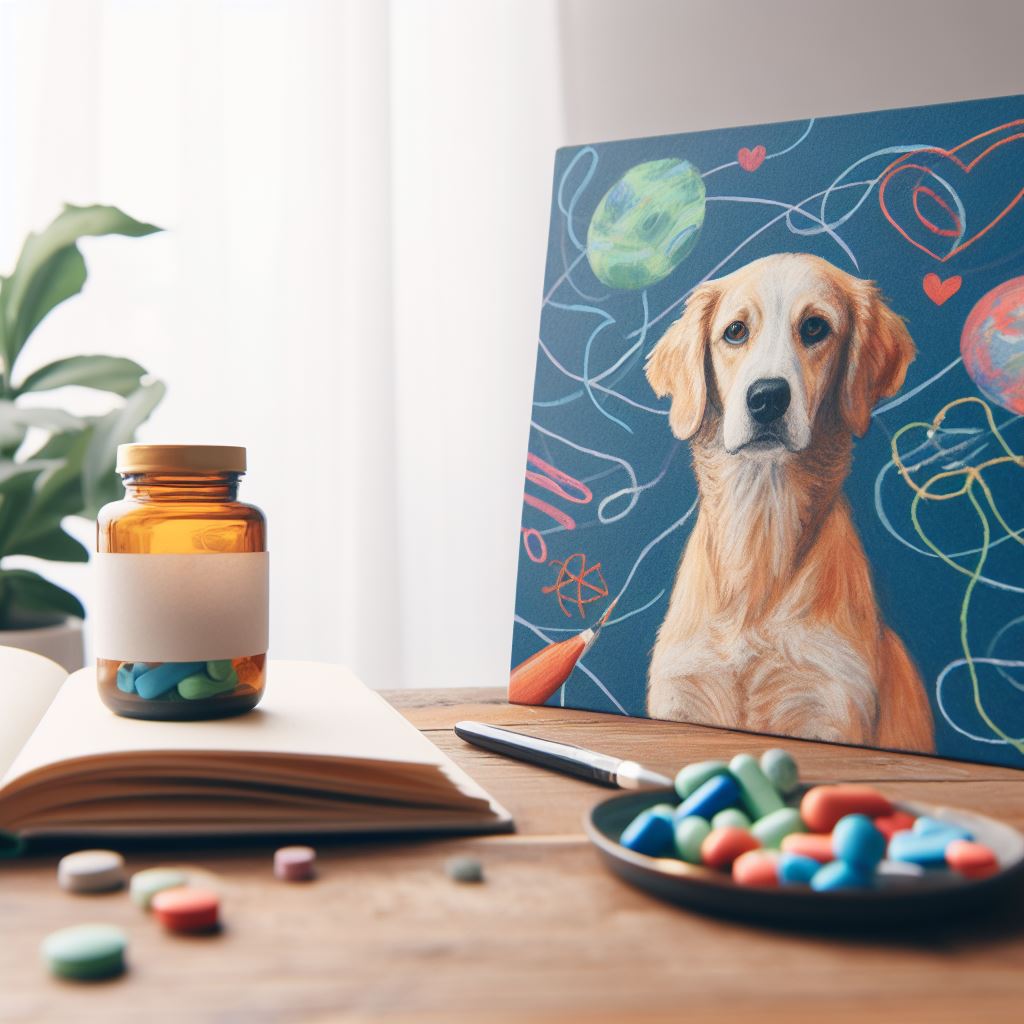
How to Help Your Dog with Separation Anxiety
Share
Dogs are loyal companions, and the bond we share with them is unmatched. However, when our furry friends struggle with separation anxiety, it can tug at our hearts. Here's a guide to help your dog cope with separation anxiety and promote a sense of calmness:
1. Establish a Routine:
- Dogs thrive on routines. Establish a consistent schedule for feeding, walks, and playtime. Predictability helps reduce anxiety.
2. Gradual Departures and Returns:
- Practice short departures and returns to help your dog understand that you'll always come back. Start with brief intervals and gradually increase the time.
3. Create a Safe Space:
- Designate a cozy and safe area in your home where your dog can retreat. This can be a crate or a specific room with familiar toys and bedding.
4. Interactive Toys and Puzzles:
- Keep your dog mentally stimulated during your absence with interactive toys or puzzles that dispense treats. This provides a positive association with alone time.
- For an innovative approach to communication, consider the PawkieTalkie Talking Buttons Set. These buttons, when pressed by your dog, emit prerecorded words. While not a direct solution to separation anxiety, it fosters interaction and engagement, potentially easing their distress.
5. Desensitize Departure Cues:
- Dogs are perceptive to departure cues like grabbing keys or putting on shoes. Desensitize these cues by doing them without leaving, so they don't trigger anxiety.
6. Use Calming Aids:
- Consider using calming aids like pheromone diffusers, calming collars, or calming sprays to create a soothing environment.
7. Practice Absence Indoors:
- Start with short indoor absences before progressing to outdoor departures. This helps build your dog's confidence in being alone.
8. Seek Professional Guidance:
- If separation anxiety persists, consult with a professional dog trainer or behaviorist. They can provide personalized strategies to address your dog's specific needs.
9. Avoid Punishment:
- Never punish your dog for anxious behavior. This can worsen anxiety and create a negative association with your departure.
10. Consider Canine Companionship:
- If feasible, consider adopting a second pet for companionship. Sometimes, having a furry friend can alleviate separation anxiety.
11. Provide Physical Exercise:
- Ensure your dog gets sufficient physical exercise. A tired dog is more likely to rest peacefully during your absence.
12. Gradual Alone Time Increase:
- Slowly increase the duration of your departures as your dog becomes more comfortable being alone.
Remember, addressing separation anxiety takes time and patience. By implementing these strategies and showering your dog with love and reassurance, you can help them feel secure even when you're not around.
Disclaimer:
The information in this blog post is intended for informational purposes only and should not be construed as professional advice. Please consult with a qualified veterinarian or animal behaviorist for personalized advice on how to help your dog with separation anxiety.
Resources:
- American Veterinary Society of Animal Behavior (AVSAB):https://avsab.org/
- International Association of Animal Behavior Consultants (IAABC):https://iaabc.org/
- Fear Free Happy Homes:https://www.fearfreehappyhomes.com/
- Separation Anxiety in Dogs:https://www.aspca.org/news/separation-anxiety-pets-7-tips-and-tricks
- Helping a Dog with Separation Anxiety:https://www.olk9md.com/boarding-dog-separation-anxiety/
- Separation Anxiety in Dogs: Symptoms, Causes, and Treatment:https://www.thesprucepets.com/
- How to Help Your Dog with Separation Anxiety:https://m.youtube.com/watch?v=IxRLn0vCO-U
- 5 Ways to Help Your Dog with Separation Anxiety:https://www.akc.org/expert-advice/coaching/separation-anxiety-in-dogs/
- 10 Tips to Help Your Dog with Separation Anxiety:https://www.petsmart.com/learning-center/dog-care/help-your-puppy-with-separation-anxiety/A0207.html
- The Best Ways to Help Your Dog with Separation Anxiety:https://www.cesarsway.com/dealing-with-dog-separation-anxiety/
#SeparationAnxiety #DogSeparationAnxiety #DogAnxiety #PetSeparationAnxiety #PetAnxiety #DogTraining #PetBehavior #DogBehaviorProblems #AnimalBehavior #DogCare
